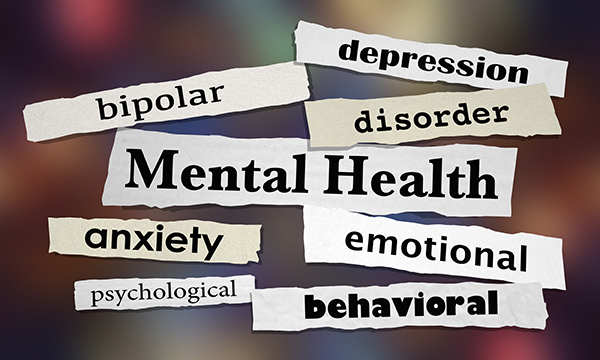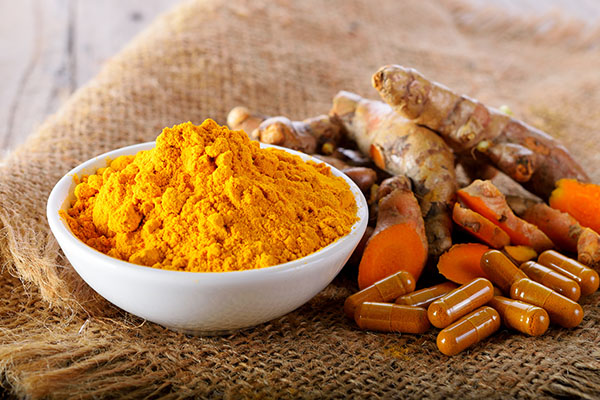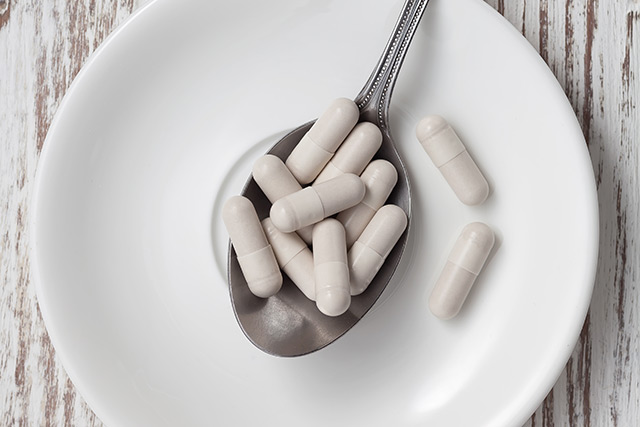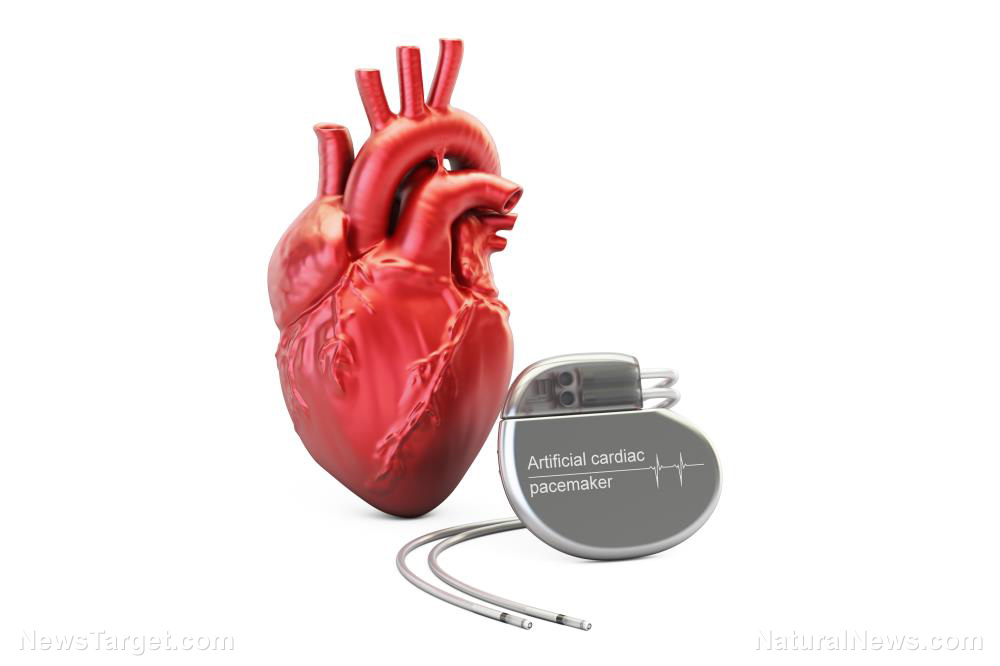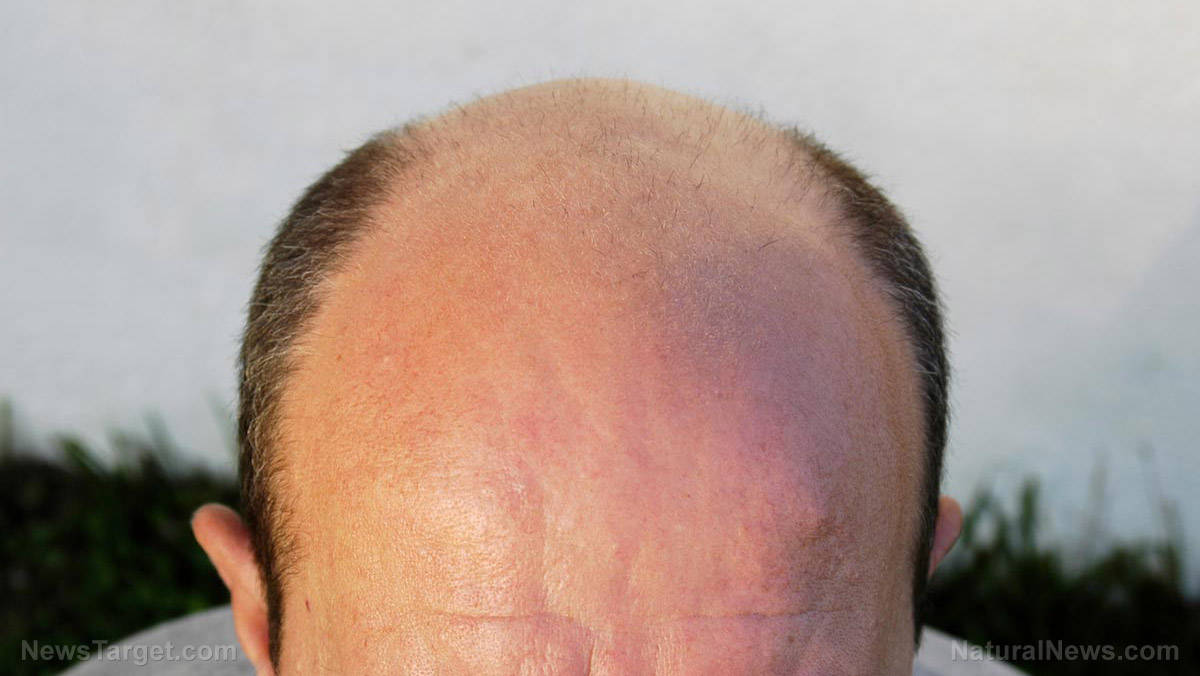Hidden hazards: Common household cleaners release hundreds of toxic chemicals, study finds
09/22/2025 / By Evangelyn Rodriguez
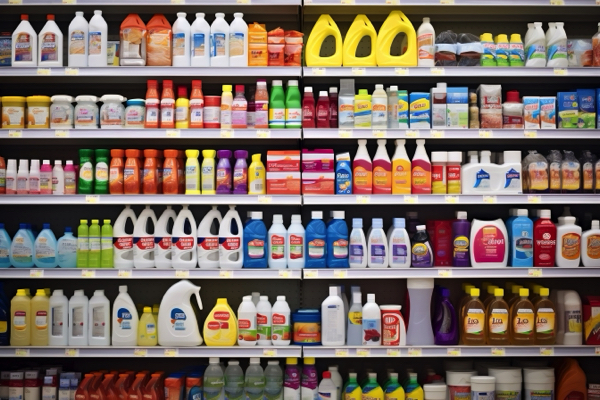
- Nearly all commercial cleaning products, including some bearing “green” labels, release harmful volatile organic compounds (VOCs), which are linked to respiratory issues, cancer and fertility problems.
- A study found 193 hazardous VOCs in 30 common cleaners, with some lingering for hours and exceeding European safety limits.
- Exposure to VOCs can cause immediate irritation and long-term damage, including asthma, organ harm and endocrine disruption.
- The U.S. has no enforceable VOC limits for cleaners, leaving consumers vulnerable to misleading “natural” claims. Europe’s stricter standards highlight the gap.
- Fragrance-free, certified green products (e.g., EPA Safer Choice) emit fewer VOCs, but experts urge stricter oversight and switching to plant-based solutions to avoid hidden dangers in commercial household cleaners.
Nearly every commercial cleaning product in American homes releases hundreds of toxic chemicals into the air, posing risks to respiratory health and fertility and raising cancer risk, according to a recent study by the Environmental Working Group (EWG).
Researchers tested 30 common household cleaners – including glass sprays, stain removers and air fresheners – and found that all but one emitted volatile organic compounds (VOCs). Brighteon.AI‘s Enoch explains that exposure to VOCs can cause immediate symptoms like eye, nose and throat irritation, headaches and nausea. Long-term exposure could lead to liver, kidney and nervous system damage, worsen asthma and even cause cancer.
The study, published in Chemosphere, analyzed top-selling cleaning products from major retailers like Walmart, Amazon and Home Depot between December 2019 and May 2022. Researchers simulated real-world use by spraying products in a sealed chamber and measuring VOC emissions over four hours.
Alarmingly, ten products tested in the study exceeded European safety standards, with some VOCs lingering in the air for up to four hours after use. Even products marketed as “green” and “eco-friendly” were found to release hazardous levels of these chemicals.
Out of 530 detected VOCs, 193 were flagged as hazardous to human health – some with no established safe exposure limits, even in industrial settings.
A “wake-up call” for consumers and regulators
“This study is a wake-up call for consumers, researchers and regulators to be more aware of the potential risks associated with the numerous chemicals entering our indoor air,” said Dr. Alexis Temkin, EWG senior toxicologist and lead author of the study. The findings highlight the urgent need for stricter oversight, as current U.S. regulations lack enforceable VOC limits for household cleaners.
Based on the study’s findings, conventional products were the worst offenders, with HDX glass cleaner, Scott’s Liquid Gold wood care and Lestoil heavy-duty multi-purpose cleaner emitting the highest VOC levels. While “green” products performed better – releasing roughly half as many VOCs – some still breached European safety thresholds. Fragrance-free green cleaners were the safest, emitting nearly eight times fewer VOCs than conventional products. Only one product – Dr. Bronner’s Pure-Castile Soap, Baby Unscented – released no detectable VOCs.
Health risks: From asthma to cancer
Among the most concerning VOCs identified were 2-butoxyethanol and isopropanol, common degreasers linked to respiratory irritation, headaches and skin reactions. Prolonged exposure has been tied to occupational asthma, lung damage and even breast cancer, thanks to the presence of endocrine-disrupting additives like phthalates and parabens.
“Some VOCs are much more hazardous than others but which VOCs or VOC mixtures are causing the most harm hasn’t been established,” Dr. David Andrews, EWG senior scientist, told Daily Mail. “In the absence of clear research that identifies what chemicals are causing health harm, it is prudent to reduce total VOC exposure.”
Studies have long warned that professional cleaners face an elevated asthma risk due to frequent chemical exposure. Emerging evidence suggests children in homes with heavy cleaner use may also face elevated asthma risks. Beyond health, VOCs contribute to outdoor air pollution, exacerbating environmental harm.
Safer alternatives and regulatory gaps
The study underscores the importance of scrutinizing product labels – even those claiming to be “natural” or “non-toxic.” Fragrance-free, certified green products (such as those with EPA Safer Choice or Green Seal labels) offer the lowest emissions. Ventilation during cleaning and minimizing spray use can also reduce VOC exposure. (Related: 7 Simple, eco-friendly swaps for a safer, greener home.)
However, advocates argue that voluntary industry standards are insufficient. Unlike Europe, the U.S. has no federal VOC limits for household cleaners, leaving consumers vulnerable to misleading marketing. “There is no established safe exposure value or limit for VOCs, nor are there specific health-based regulations for VOC emissions from cleaning products,” Andrews emphasized.
As the U.S. cleaning product industry continues to grow, this study adds to mounting evidence that everyday items may pose hidden dangers. With regulators lagging, consumers must navigate a murky landscape of unverified claims. For now, experts urge opting for simple, plant-based cleaners and demanding stricter safety standards because when it comes to the air you breathe, “clean” shouldn’t come at the cost of your health.
Find more related stories at Pollution.news.
Watch this video to learn about toxic household products you should banish from your home.
This video is from the Daily Videos channel on Brighteon.com.
More related stories:
5 Toxic ingredients that can be found in common cleaning products.
Antimicrobial essential oils: 8 Powerful natural alternatives to chemical cleaners.
Sources include:
Submit a correction >>
Tagged Under:
allergies, asthma, environment, health science, household cleaners, poison, products, real investigations, research, toxic chemicals, toxic ingredients, toxins, VOCs, volatile organic compounds
This article may contain statements that reflect the opinion of the author


